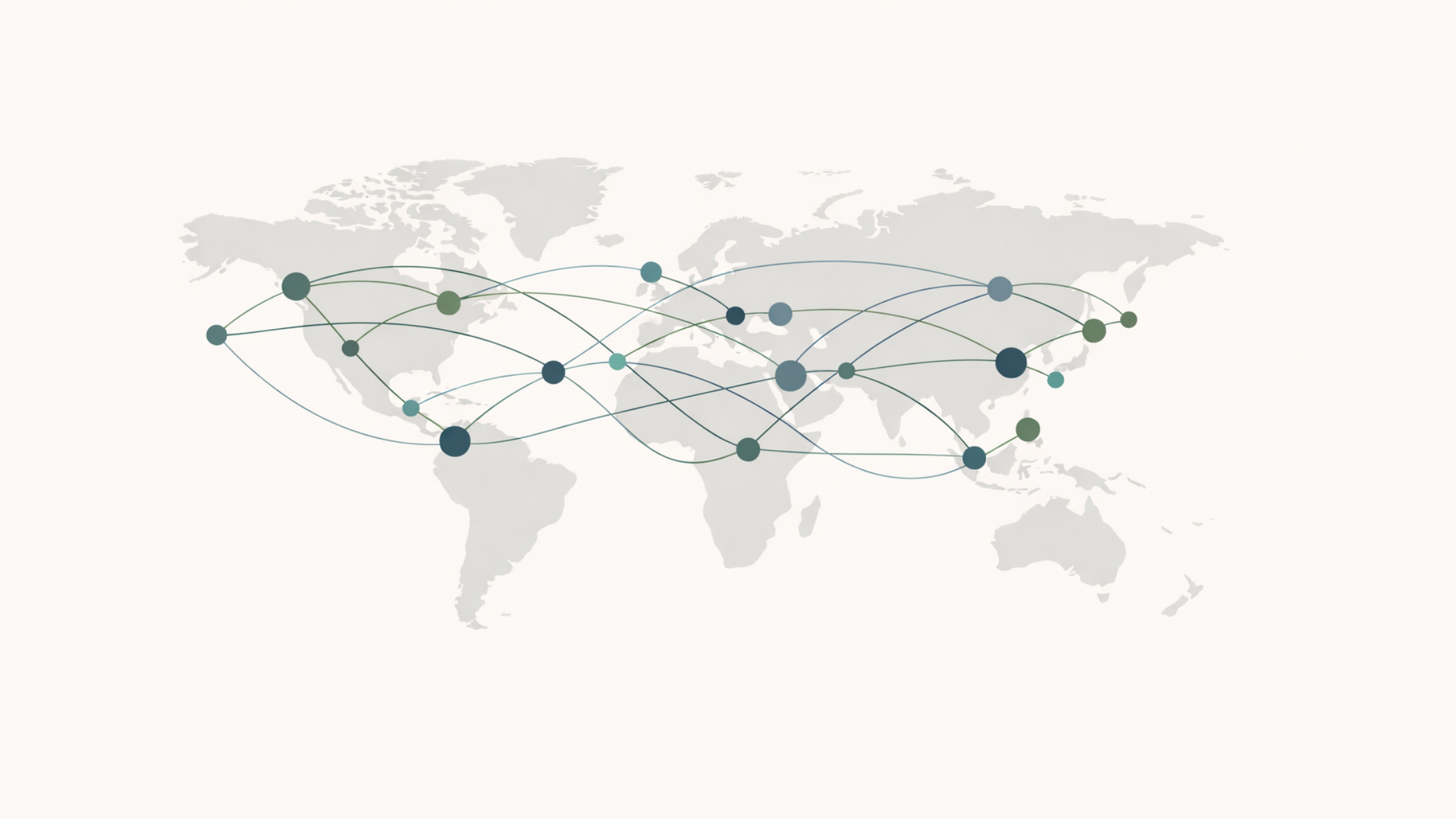CSRHUB (www.csrhub.com) felt fortunate to be included in SustainAbility’s Rate the Raters (RTR) study. We work with more than 100 different rating sources, and enjoyed the opportunity to get a fresh look at the issues our suppliers face.
Instead of collecting data from companies, we aggregate the analysis and data that our rating suppliers gather. Then, we help corporate CSR managers, branding and marketing managers, and supply chain managers interpret what has been said about their own company and benchmark
themselves against the ratings of other companies.
Here are our three suggestions about how ratings could be made more useful and relevant to these corporate users:
1. Companies should not focus on absolute rankings (top 10, bottom 10). Instead, they should understand that each rating provider and rating user works within her or his own personal or
corporate value framework. One rater may overweight climate and underweight employee diversity; another may value process and policy over performance. Further, it is often unclear how much difference there is between each rung on these rating ladders. So, there is no need to complain about being #32 rather than #27 or #23—or to complain about not being on a certain list when other companies are. There is a lot of random noise involved in these evaluations.
2. We need broader coverage. We estimate that fewer than 10,000 companies are covered in aggregate by the raters in the study. To give good benchmarking coverage of most industries or to cover all of a company’s Tier 1 and 2 suppliers, we need to add data on hundreds of thousands of smaller companies. Some of this information can come from company supply chain work—if they make it public. By sharing supply chain data, companies will reduce the time and money their suppliers spend creating data and improve its quality and consistency.
3. Rating feedback can help tune the system. As a company progresses towards sustainability, it should see improvement in its ratings. Each time new ratings come out, there should be opportunities to celebrate success and study any weaknesses that have been revealed. Then, those in the company who were responsible for improving its sustainability will get a chance to see that their good work has been noticed.
We look forward to seeing the results of Sustainability’s re-analysis of the raters they studied. We also hope that rated companies will see that a broad, fair, robust eco system of raters can contribute positively to their effort to improve their corporate social responsibility and sustainability performance.

.png)
